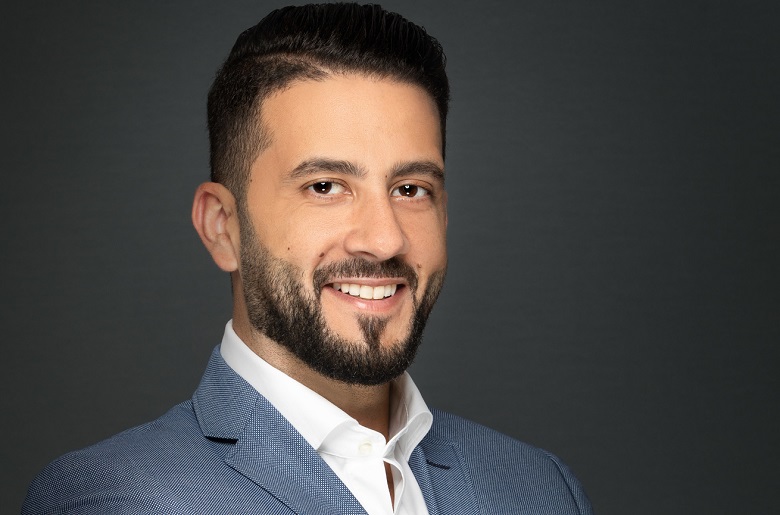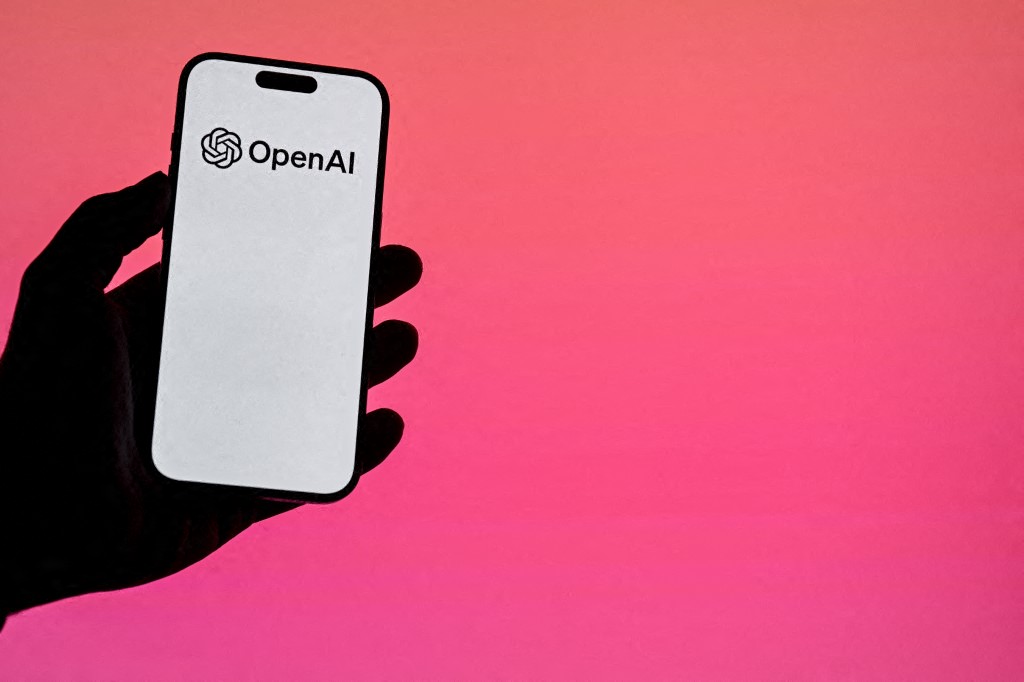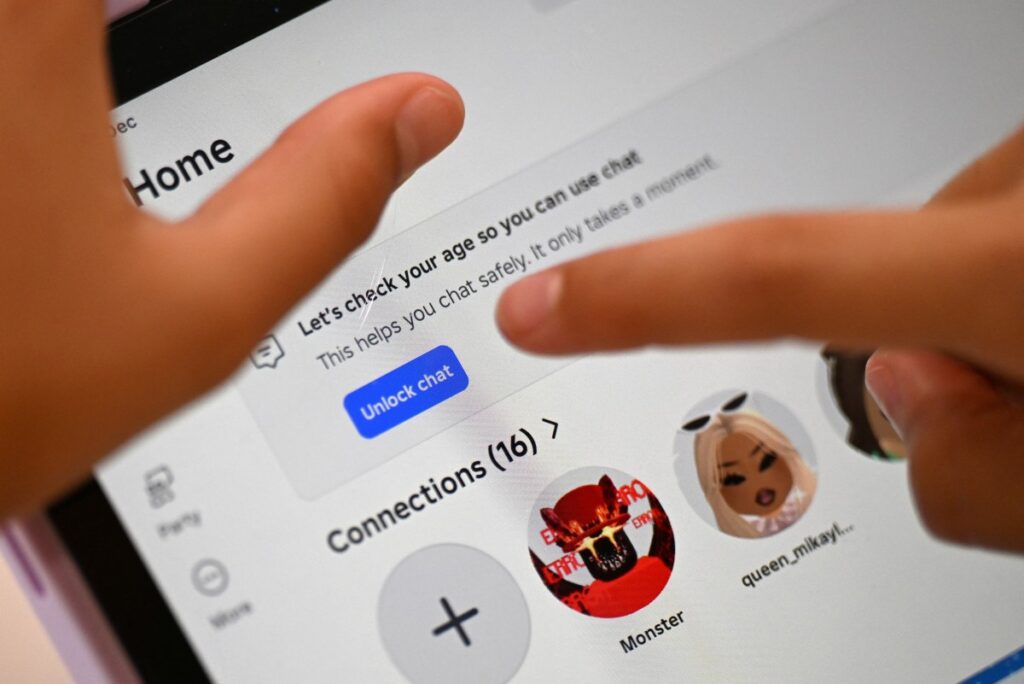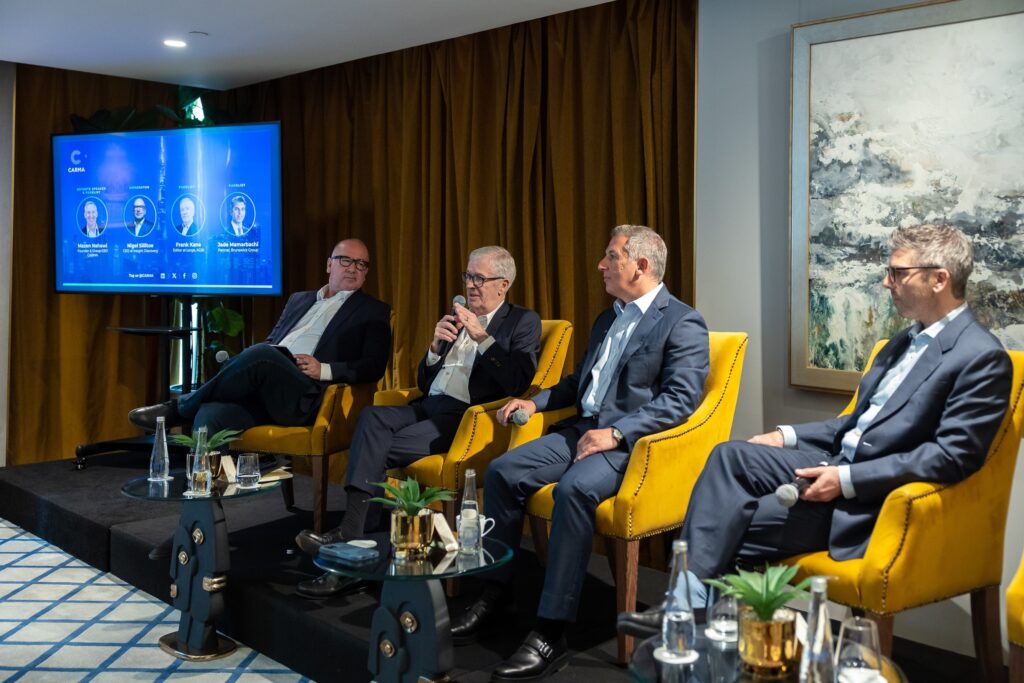You know something has reached peak awareness when your child asks you what’s going on with, and I quote, ‘online cookies’ and if he ‘can have some before they are removed.’ I’ll admit, I was momentarily floored that this topic for discussion had reached him, before realizing this is no longer something that is talked about behind closed doors, and even then, only by those within the digital advertising world.
No, these days, consumers are hyperaware of every new feature, every updated piece of code, anything that could restrict their movement online. So, yes, I suppose my seven-year-old wanting my take on third-party cookies was strangely inevitable. I’m the one on the other side of the fence. In theory, I have insider knowledge and all the answers. Except I don’t. Nobody does right now. There is still so much panic. So much confusion, and yes, also a lot of boredom, because it feels like this ‘cookiepocalypse’ has been going on forever.
The truth is the demise of cookies has been talked about for so long, it’s almost like a never-ending story. Just when you think you are getting to grips with what it all means, along comes something to pull the rug out from under us again. Most recently, that’s been Google. A few months ago, they announced they would be delaying their planned deprecation of third-party cookies by another two years.
It’s hard to remember a time when cookies weren’t central to every conversation in digital advertising, both good and bad. From an advertiser perspective, being able to ‘tag’ pages to track their consumers across different sites allowed them to build super specific profiles of what would interest them to then target content accordingly.
It was like the golden bullet in behavioral advertising. Little wonder it became the easiest and most lucrative way to advertise in the digital age. Equally, it’s unsurprising that user privacy has become more of a concern as everyone started asking more questions about how this data was being accessed and used.
A different future?
It’s not just Google that has been under intense pressure and scrutiny to offer up a solution that balances advertiser targeting needs with guarding user privacy more securely. Apple, after initially delaying their own privacy changes on the back of the pandemic, recently went full throttle, implementing ATT (App tracking transparency) at user level with their latest iOS update.
If Google’s public service announcement that it was planning to remove support for third-party cookies made everyone panic back in Jan 2020, Apple forcing advertisers to be more transparent about how user data is collected and used really shook things up. The ‘meltdown’ that ensued was more of a knee-jerk reaction at being asked to change established practices that everyone had become accustomed to, rather than resistance to a necessary step forward for the ecosystem to evolve and thrive.
It’s not as though it was a surprise either. These changes have been in the works for a while, but with an overreliance on cookies, this was always going to totally upend the digital advertising ecosystem.
Still, now that these modifications have come into play, there are fewer places to hide, fewer excuses not to ask and find alternative solutions. This is where we’re seeing more independent tech start to flourish too.
Last year, DoubleVerify launched its Custom Contextual solution for programmatic advertisers, delivering privacy-safe, cookie-free targeting that does not rely on personal information but rather aligns ads to relevant content in order to maximize user engagement and create more meaningful experiences, with the intent to drive more conversions.
It’s smart to reconsider contextual for the privacy-forward future, and especially in leveraging DV’s vast experience in ontology, semantic science, brand suitability, and content classification to then effectively match relevant ads to audiences at key points of interest or intent.
Post-cookie, here’s what you can do
So what now? Well, in a recent survey, IAB Europe discovered that 40% of industry respondents felt their company wasn’t prepared for the demise of third-party cookies. No surprise there. However, there are steps you can take to prepare for a cookieless future.
Consider this your 5-step checklist to success.
1. Assess your current approach
Analyze how much of your current targeting, or your clients’ targeting, is dependent on third-party cookies.
2. Build a cookieless strategy
Ahead of the sunset of third-party cookies, start shifting your strategy to be less reliant on them. Audit your current first-party data and plan how to grow your first-party databases between now and 2023. Ask questions such as:
- Is all inbound data going into your MarTech stack privacy-friendly?
- Which programmatic data segments are you using that may be sunset as a result of cookie deprecation?
- What alternative targeting methods will you need to rely on more, such as contextual targeting, to help maintain your campaign performance in a privacy-friendly way?
3. Consider the case for contextual targeting
I touched on this earlier, but how’s this for a stat: Over two-thirds of consumers are more likely to engage with an ad if it’s relevant to the content they’re reading or viewing, a DV/Sapio [research] found.
This is where contextual targeting solutions come into action. Make it a priority to understand your partner’s contextual targeting methodology in detail. For example, is it based on semantic analysis? Understand the difference between how objective/subjective the solution is and how you can scale your contextual data to balance protection and scale of your campaigns.
4. Leverage existing data to drive campaign performance
Review all data at your disposal. Many of the vendors you work with may have privacy-friendly data that is available to help with decisioning around targeting and performance measurement. For example, DoubleVerify recently launched DV Authentic Attention™, a privacy-friendly solution to measure and improve performance. DV Authentic Attention allows you to gain fast actionable insights to optimize a campaign in-flight and improve media forecasting and planning.
5. Test, perfect, and optimize
Once you start shifting to a strategy that does away with third-party cookies, be sure you’re getting the best results by testing, perfecting, and optimizing.
Ultimately, I don’t think any of us have time to waste watching and waiting. My advice is to get planning and get ahead now — you’ll be glad you did.





